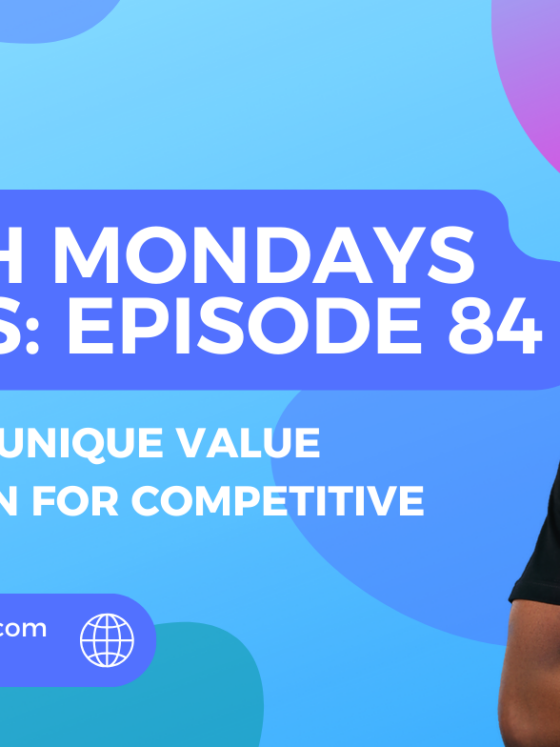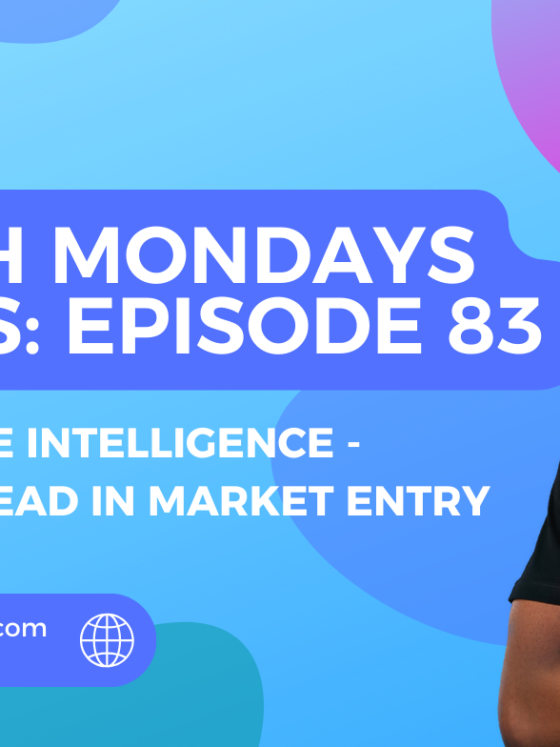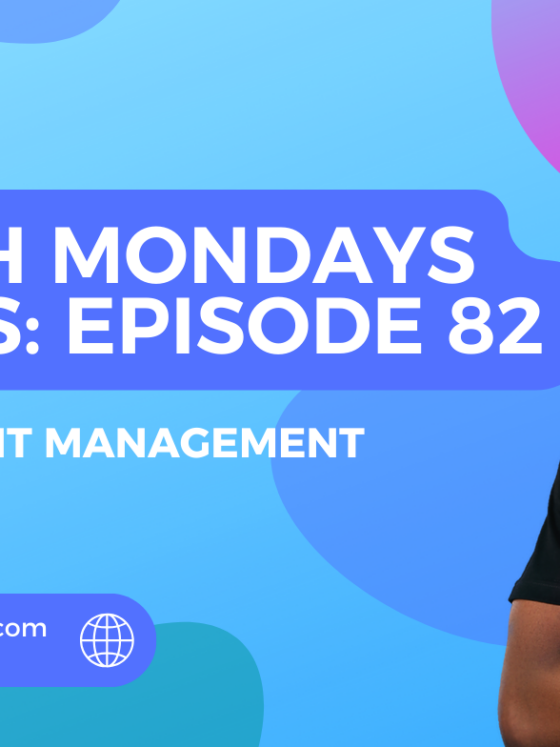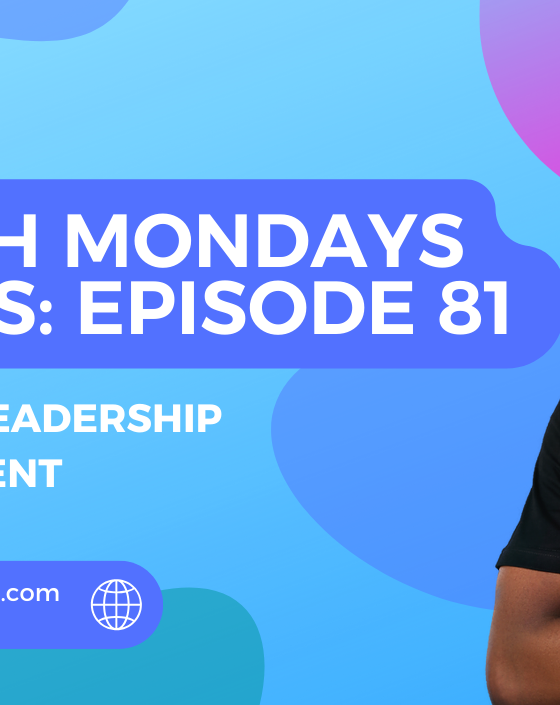How to Use Big Data to Improve Business Outcomes
North Mondays Series: Episode 122

“What you don’t know can’t hurt you.”works for spoilers from your favourite movie but not for your business.
In business, what you don’t know will cost you a lot.
Over here, ignorance isn’t bliss and having access to big data can shape how your company makes decisions, design products, and serve customers.
Before we go further, big data simply means the massive streams of information you generate from the clicks on your website to the items scanned at checkout, from social media interactions to customer service calls.
It’s data that is rich enough to reveal patterns, insights, and predictions that gut feeling alone will never give you.
Think of it as the digital fingerprints of human behavior.
Every click, every swipe, every purchase leaves a trace and when those traces are collected and analyzed, they tell a story about what people want, how they act, and where they’re headed next.
What to know how you know how to use big data, gain clarity and minimize guesswork in your business?
Keep reading to understand how it works!
Why Big Data Matters for Business Outcomes
Big data gives you insight that helps you:
- Spot customer behavior patterns
- Identify growth opportunities faster
- Reduce waste and costs
- Improve product-market fit
Take Netflix, for example. Big Data is the reason why you get recommendations based on what you’ve watched. It’s how they keep you renewing your subscription.
Now pause for a moment and answer the question: What decisions in your business today are still running on assumptions instead of insight?
Big Data Challenges: Privacy and Security
As with every other good thing, big data comes with its own risks.
The most common ones are:
- Data privacy: Customers fear their information being misused.
- Data security: Hackers target sensitive datasets.
- Compliance: Laws like Nigeria Data Protection Regulation (NDPR) require strict handling of personal data.
If you ignore these issues, you don’t just lose trust, you invite fines, lawsuits, and headlines you don’t want.
The good news is that you can protect both your customers and your business with these simple steps:
- Collect only the data you need.
- Use encryption for storage and sharing.
- Train staff to handle sensitive data responsibly.
Predictive Analytics: The Future of Big Data
Big data isn’t just about looking backward—it’s about looking forward. Predictive analytics means you don’t only know what happened; you can anticipate what’s likely to happen next.
Practical uses:
- Retailers predicting stock demand to avoid shortages.
- Banks forecasting credit risk to reduce defaults.
- Healthcare providers spotting early signs of disease.
Imagine the power of knowing not just who your best customers are today, but who they will be six months from now.
Wouldn’t that change how you plan, budget, and serve customers?
How You Can Start Using Big Data
You don’t need a massive budget to apply big data.
Here’s how to begin:
- Use Google Analytics for customer behavior insights.
- Track sales data with simple dashboards.
- Invest in CRM systems that highlight buying patterns.
- Start small with one department or one problem.
Like fitness, the key is consistency. Start small, build muscle, scale gradually.
Key Takeaways
- Big data helps you improve decisions, reduce costs, and identify opportunities.
- Privacy and security are the biggest risks. Always protect customer information.
- Predictive analytics is the future trend. It can help you anticipate outcomes before they happen.
- Start small. Use free or affordable tools before moving to advanced systems.
North Mondays Action Plan
- Audit your data
- List what data you already collect (sales, customer info, website traffic).
- Ask: Is it accurate and up to date?
- Pick one use case
- Example: Improving customer retention or increasing sales conversion.
- Focus on solving one business problem with data.
- Secure your data
- Put basic protections in place (passwords, encryption, staff training).
- Apply predictive thinking
- Use your data to forecast at least one trend.
- Example: Predict which customers are likely to leave and act to retain them.
- Review results monthly
- Track what decisions improved because of data.
- Adjust your approach as you learn.








Recent Comments